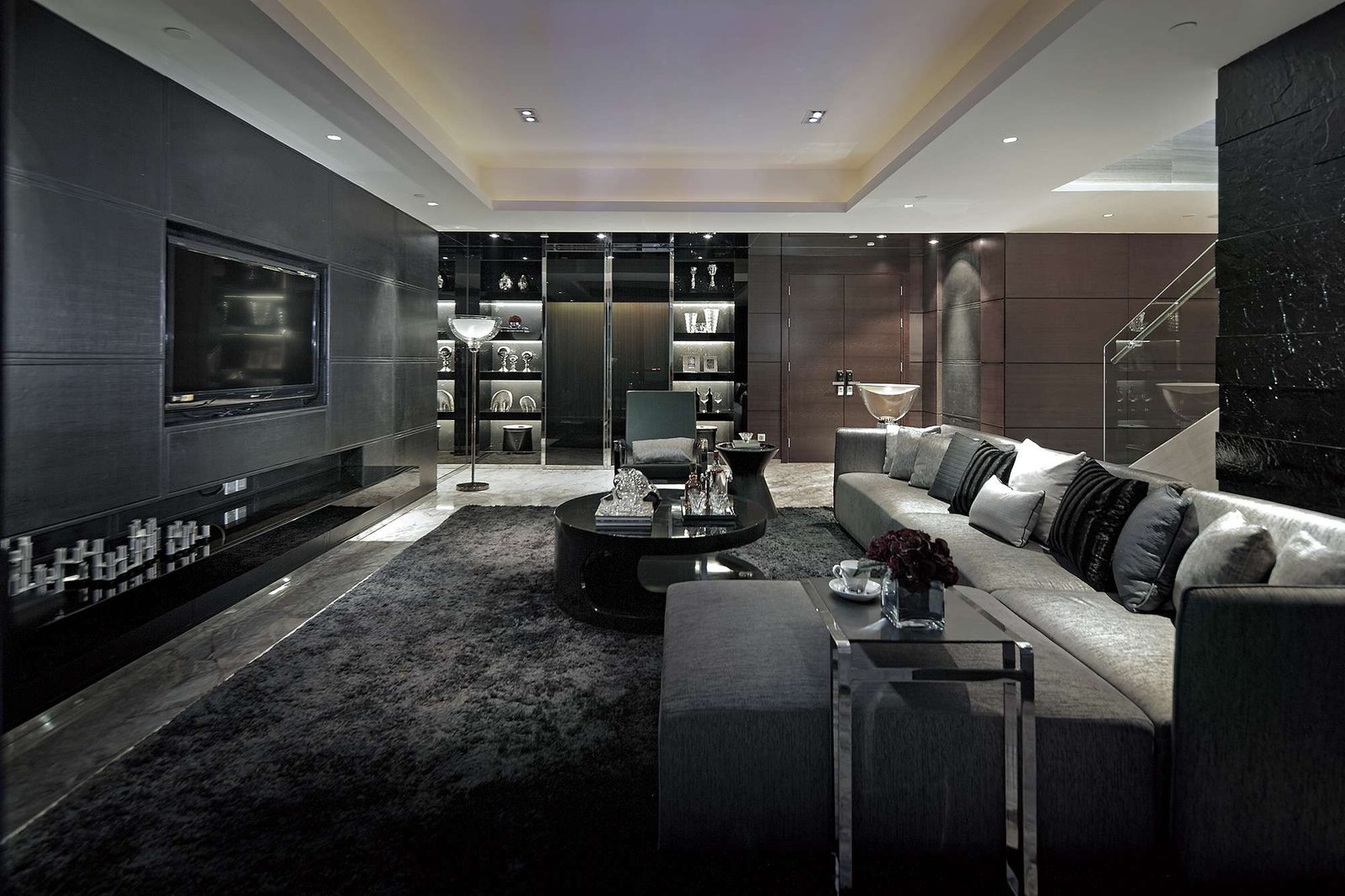When we think about interior design and home decor, we often focus on the aesthetic appeal of colors, patterns, and textures. However, one element of the home environment that significantly impacts our mood and emotions is the flooring. While hardwood, tile, or light-colored carpets commonly associated with a bright and cheerful atmosphere, dark carpet is depressing—especially when placed in the wrong context—can invoke feelings of sadness, heaviness, and even depression. The psychological impact of color and design choices in the home often underestimated, but research indicates that the colors and textures we surround ourselves with can dramatically affect our mental health and emotional well-being.
In this article, we will delve into why dark carpet is depressing, exploring the psychological effects of dark colors, the influence of flooring on interior design, and offering practical solutions to create a home that feels uplifting and positive. We will also discuss how to strike the perfect balance between style, comfort, and mood when selecting flooring for living spaces.
The Psychological Effects of Dark Colors in Interior Design
The colors we choose for our homes speak volumes about our personalities, emotions, and overall lifestyle. In fact, psychological research has demonstrated that color can influence our mood, behavior, and even our mental health. Dark colors, in particular, are often linked to feelings of heaviness, isolation, and sadness.
When it comes to dark carpet, these effects are amplified. The deep, rich tones of dark carpets can absorb light, making a room feel smaller and more enclosed. This sensation of confinement can create a negative, oppressive atmosphere, which may lead to feelings of melancholy or even depression. Furthermore, dark colors have a tendency to make spaces feel less inviting, which can impact how comfortable and energized we feel within a room.
Why Dark Carpet is Depressing: The Role of Lighting
Lighting plays a pivotal role in how we perceive colors in our homes. Natural light can brighten a space, making dark colors appear less intimidating and heavy. However, when there is limited access to natural light, dark carpets may become even more oppressive, leading to a dull and dreary atmosphere.
Dark carpet is depressing because it absorbs light and prevents the space from feeling airy and open. In rooms that lack sufficient light, dark-colored flooring can create a somber, closed-off effect, which may affect the overall energy of the space. Without the contrast of natural light, dark carpets can make a room feel like a cave, which is why many interior designers recommend lighter, more neutral shades to counteract the negative impact of darker tones.
The Emotional Impact of Dark Carpet in Living Spaces
Our emotional response to different types of flooring is a reflection of our innate psychological reactions to color, texture, and ambiance. A room with dark carpet can evoke a sense of melancholy or even sadness, especially in spaces where we spend a lot of time, such as the living room or bedroom.
When thinking about why dark carpet is depressing, it’s important to recognize that it can contribute to a sense of emotional weight. The rich, saturated tones of deep browns, grays, or blacks may appear elegant and stylish at first glance, but they can create an underlying sense of discomfort. This sense of discomfort can result in feelings of unease or even low mood, particularly in larger, more open rooms that would otherwise benefit from lighter flooring.
How Dark Carpet Affects Mood and Mental Health
Several studies have explored the connection between our physical environment and our emotional well-being. It well-documented that the colors, textures, and ambiance in our homes can influence our mood and stress levels. Dark carpet is depressing because it creates an atmosphere that can trigger negative emotions, from anxiety to sadness.
For example, in spaces where we seek relaxation or social interaction, such as the living room or dining room, dark carpets can disrupt the calming energy that we typically crave. The result is often a more tense, subdued environment where feelings of restlessness and discontent can arise. For individuals already struggling with mental health challenges, dark carpets can exacerbate feelings of depression and isolation.
How Dark Carpet Affects the Perception of Space
One of the most significant drawbacks of dark carpet is its impact on how we perceive the size and openness of a room. Dark colors tend to make a space feel smaller and more enclosed, which can create a suffocating or cramped atmosphere. This sense of reduced space can negatively affect the overall feeling of a room, making it harder for us to feel relaxed or comfortable.
When large rooms or open spaces are covered in dark carpet, the effect can be particularly pronounced. The flooring absorbs light, which causes the room to feel heavier and less expansive. This lack of visual openness can make the environment feel uncomfortable or constricted, adding to the emotional weight that dark carpet brings to a space.
Why Dark Carpet is Depressing: The Link to Cultural and Social Associations
The color black often associate with negative connotations, such as mourning, death, or sadness. Although black is used in fashion to denote sophistication and elegance, in interior design, dark tones can evoke a different set of emotions. Black and dark colors have historically linked to times of grief, loss, or emotional distress.
When we decorate our homes with dark carpet, we may unconsciously bring some of these associations into our living spaces. The presence of these colors can remind us of sorrow, loss, or a lack of warmth. In many cultures, light colors represent positivity, joy, and life, while dark colors signify negativity, heaviness, or sorrow. Thus, dark carpet is depressing because it can trigger these emotional responses, which can affect our mental health and sense of well-being.
The Impact of Dark Carpet on Social Interactions
In the home, flooring choices are not just about personal comfort; they also affect the way we interact with others. Dark carpet, especially in communal spaces, can influence how we feel about socializing or hosting guests. A room with dark carpet can create a less welcoming environment, making it feel cold or uninviting.
For example, in a dining room or living room, the choice of flooring sets the tone for family gatherings, dinners, and social occasions. Dark carpet is depressing because it can discourage people from spending time in the space or engaging in social activities. The dark, subdued atmosphere may limit interaction, creating a sense of emotional distance between people.
Solutions: Brightening Up Your Home with Lighter Flooring Options
If dark carpet is depressing and causing negative emotional effects in your home, there are several solutions to consider. One of the most effective ways to lighten up a room is to replace dark carpet with lighter, more neutral options. Light-colored carpets, such as beige, light gray, or off-white, can create a more open, airy, and welcoming environment.
In addition to changing the carpet, consider adding elements like mirrors, light fixtures, or bright-colored furniture to further enhance the sense of space. These design strategies can help balance the emotional impact of flooring choices, transforming a gloomy atmosphere into a more uplifting and positive one.
Balancing Style and Comfort in Flooring Choices
While it’s essential to consider the psychological effects of dark carpet, style and comfort should not be sacrificed. There are plenty of elegant, modern flooring options available that offer both beauty and emotional benefits. Light carpets with subtle textures, for example, can be both stylish and comfortable, creating a welcoming environment that fosters positivity.
When choosing flooring, consider the mood you want to create in each room. In areas where relaxation and warmth are important, like the living room or bedroom, opt for lighter tones that make the space feel larger, brighter, and more comfortable. In contrast, in areas like the hallway or entryway, darker shades may be used sparingly without overwhelming the space or creating an oppressive atmosphere.
Conclusion: Transforming Your Home with Thoughtful Flooring Choices
In conclusion, dark carpet is depressing due to its psychological effects, which include making a space feel smaller, more closed-off, and emotionally heavy. Flooring plays a crucial role in shaping the ambiance of a room, and understanding the impact of color and texture on mood can help you create a more uplifting and positive environment. By choosing lighter, more neutral tones, you can transform your home into a welcoming space that supports your emotional well-being.
When selecting flooring for your home, always consider the long-term emotional effects on your family and guests. Whether you’re updating your living room, bedroom, or hallways, choosing the right flooring can make a world of difference in how you feel within your home.

